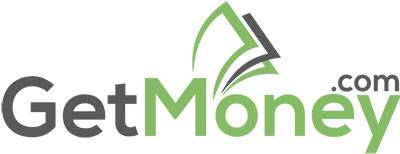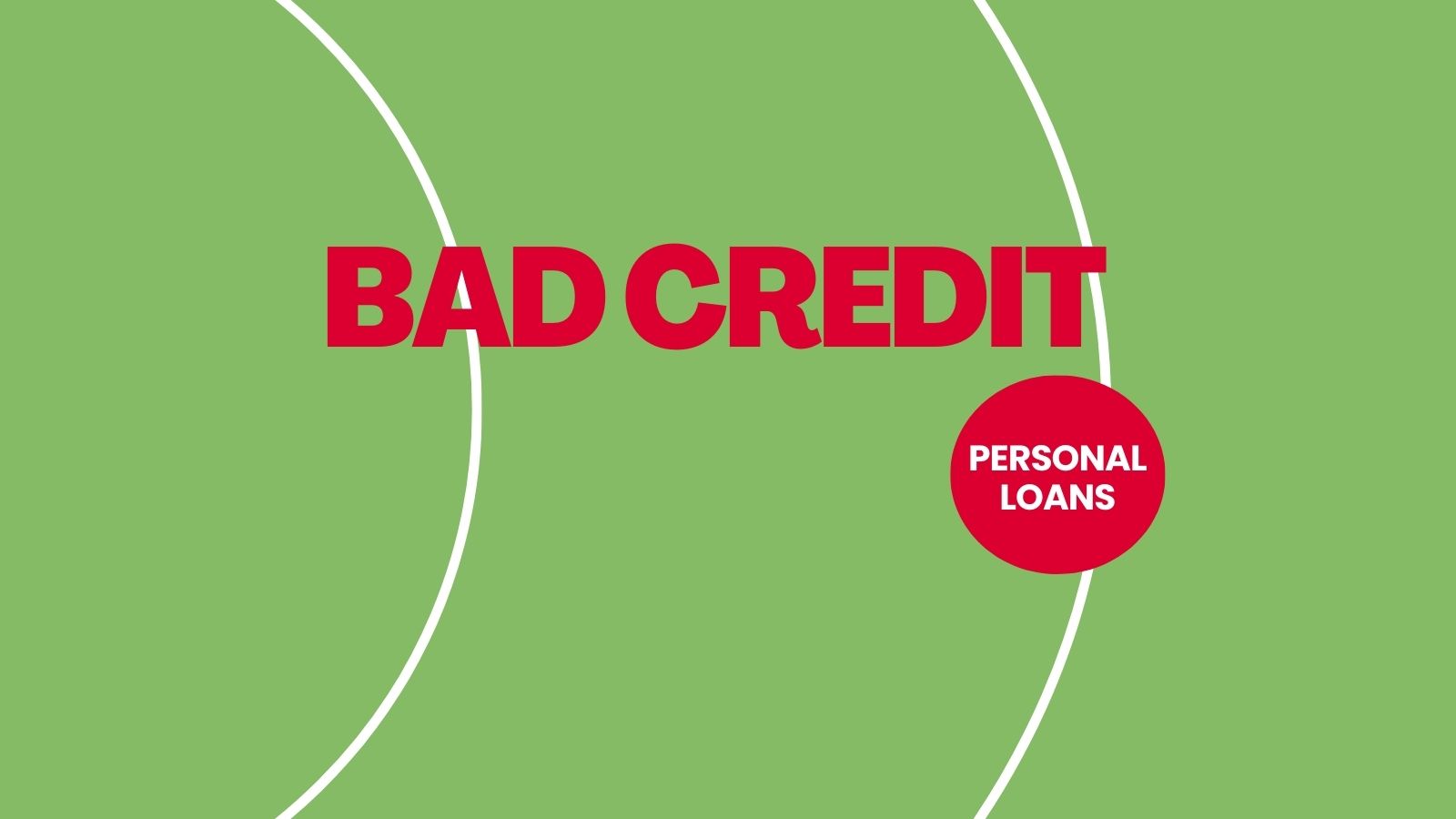Understanding Credit Evaluations and Expectations for personal loans:
Personal loans have become a vital resource for people looking to meet their financial requirements in today’s challenging economic environment. As the economy swings up and down, acquiring a personal loan is getting more difficult for individuals with bad credit. In this article, we will examine the complexities of personal loans when dealing with bad credit, explain the credit assessment process that credit bureaus undertake, and give an overview of the lender expectations and considerations when approving a personal loan application with bad credit.
Credit bureaus, Credit Evaluation, and Credit Scoring
In the United States, there are three major credit bureaus, also known as credit reporting agencies. These credit bureaus are:
- Equifax: Equifax is one of the largest credit bureaus globally and provides credit information and scores to consumers and businesses.
- Experian: Experian is another prominent credit bureau that collects and maintains credit data on individuals and businesses. They provide credit reports, scores, and other credit-related services to lenders, businesses, and consumers.
- TransUnion: TransUnion is a major credit bureau that gathers and maintains credit information on consumers.
These credit bureaus collect information from various sources, such as lenders, credit card companies, and public records, to generate credit reports and calculate credit scores. Even though all three bureaus report similar information, differences in their reporting systems and methodologies can result in variations in the data they collect and the scores they produce.
key factors all three credit bureaus look at in their rating and scoring process
- Payment history: Timely payment of debts, including credit cards, loans, and bills, is crucial for a positive credit history.
- Credit utilization: The ratio between the amount of credit used and the total credit available impacts credit scores. Keeping credit utilization low is essential.
- Length of credit history: A longer credit history demonstrates stability and responsible credit management.
- Types of credit: A diverse mix of credit, including credit cards, mortgages, and installment loans, can positively influence credit scores.
- Credit inquiries: Frequent credit applications or inquiries can indicate financial instability and may negatively affect credit scores.
It’s essential to regularly review your credit reports from these bureaus to ensure the accuracy of the information they have on file. If you see any discrepancies, don’t hesitate to contact the bureau.
How lenders approve personal loans with bad credit
When evaluating personal loan applications, lenders consider several factors to assess the creditworthiness and repayment capability of borrowers. While specific criteria may vary among lenders, here are a few factors they typically consider before approving a loan:
- Credit Score and Credit History: When assessing a personal loan application, lenders usually rely on credit scores provided by credit bureaus. Credit scores give a summary of a person’s credit history and indicate the probability of them repaying debts. Lenders may have a minimum credit score requirement, and higher credit scores typically increase the likelihood of approval for unsecured personal loans at lower rates.
- Income and Employment Stability: To determine if a borrower can repay a loan, lenders review monthly income and employment status. They may ask for recent pay stubs, tax returns, or employment verification. Having a steady employment history and consistent income are positive signs for lenders.
- Debt-to-Income Ratio (DTI): The DTI ratio compares a borrower’s total monthly debt obligations to their monthly income. Lenders use this ratio to assess the applicant’s ability to handle additional payments. A lower DTI ratio demonstrates a stronger financial position.
- Loan Amount and Purpose: The loan amount requested and its intended purpose are important underwriting factors. Some lenders specialize in specific loan types or amounts, so matching the loan purpose with a lender’s expertise can increase approval chances. For example, the personal loans offered by GetMoney.com partners and affiliates range from $200 to $35,000. Smaller loan amounts may be more accessible for borrowers with lower credit scores.
- Repayment History: Lenders review an applicant’s repayment history, including past loans and credit accounts, to assess their reliability in meeting financial obligations. Consistent, timely payments on previous loans enhance the borrower’s credibility and increase the likelihood of loan approval.
- Existing Financial Resources: Lenders consider the borrower’s existing available credit, such as credit cards, HELOC, or other open lines of credit. These can affect the borrower’s capacity to take on additional credit and may influence the loan approval decision.
- Additional Documentation: Lenders may require additional documentation, such as bank statements, proof of assets, or references, to verify the information provided on the loan application. Providing these documents promptly and accurately can help lenders assess the borrower’s financial stability and strengthen the case for loan approval.
It’s important to note that each lender has specific guidelines, and meeting the minimum requirements does not guarantee personal loan approvals.
How To Compare Personal Loan Offers From Different Lenders
Interest rate: The interest rate is the cost of borrowing money. It is expressed as a percentage of the loan amount and is charged on a monthly basis.
- Annual percentage rate (APR): The APR includes the interest rate as well as other fees associated with the loan. It is a more accurate way to compare the cost of different loans.
- Loan amount: The loan amount is the total amount of money you are borrowing.
- Term: The term is the length of time you have to repay the loan.
- Prepayment penalties: Some lenders charge a fee if you pay off your loan early.
- Fees: Some lenders charge other fees, such as origination fees or application fees.
Down Side of Personal Loans with Bad Credit
Obtaining a personal loan with bad credit can have some downsides that borrowers should consider:
- Limited options: Securing a personal loan with favorable terms can be difficult for individuals who have a poor credit scores.
- Traditional lenders: Banks and credit unions prioritize borrowers with good credit and have strict guidelines for personal loans.
- Alternative lenders: Borrowers with bad credit often turn to alternative lenders, such as online lenders and peer-to-peer lending platforms. These lenders have more flexible criteria and consider factors beyond credit scores.
- Higher interest rates: Individuals with poor credit often encounter greater interest rates as lenders perceive a heightened risk. It’s crucial to carefully consider the overall cost of the loan before accepting a loan.
- Shorter terms: Individuals with bad credit scores may be offered shorter repayment terms by lenders to reduce risk. Shorter amortization periods will lead to higher monthly payments.
How to Get A Better Personal Loan with bad credit
The secret to getting the lowest-interest personal loans is a strong credit history and adequate income to repay the loan. Potential borrowers with a bad credit score; don’t have the credit score lenders are looking for and are automatically placed in tier 2 or below. With all that said, there are still a few things you can do to improve your situation and increase your chances of getting the best personal loan you can qualify for.
Here are a few suggestions:
- Review credit reports: Before applying for a loan, it’s essential to review credit reports for errors or discrepancies. Reporting and removing any inaccuracies to the credit bureaus can help improve credit scores.
- Consider debt consolidation: Debt consolidation is a strategy that combines multiple debts into a single loan or credit account. Debt consolidation can potentially lower monthly debt payments by reducing interest rates or extending the repayment term, improving the borrower’s ability to manage a new personal loan.
- Request a smaller loan amount: If you reduce the loan amount on your application, your monthly payments will also decrease. This will result in a lower DTI, which is preferred by lenders and underwriters.
Securing an unsecured personal loan with bad credit may be challenging, but it’s not impossible. By understanding how credit bureaus evaluate credit, exploring alternative lenders, and taking proactive steps to improve your credit scores, you can increase your chances of obtaining a personal loan.

